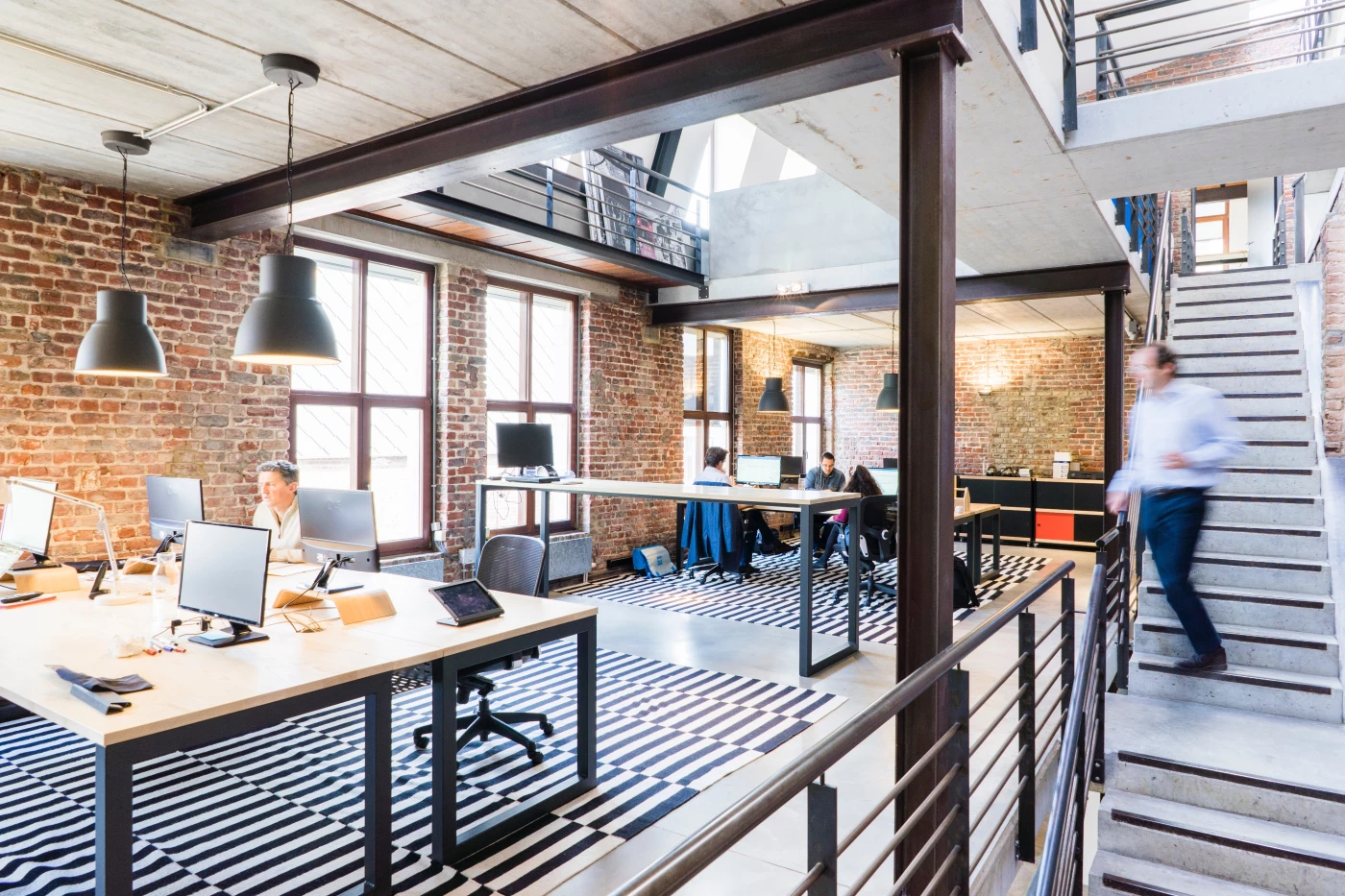
18. 4. 2023
Offices and work environments are changing at an unprecedented rate
Offices and work environments are changing at an unprecedented rate. Globally, we are seeing a fundamental shift in how and where we work. This is a known fact. But...
Do you know how to work with employee return to the office? What are the themes that will help them set that optimal standard for hybrid work? In today's newsletter, I provide some thoughts and comments on this topic.
Most companies/organizations today are grappling with what role their offices will play in the future. How to improve the daily occupancy of offices? Is it necessary to set rules for the use of telecommuting?
When considering rules about returning their employees to their offices, companies should think about what motivates their employees to do so.
According to all the surveys that have been conducted and published on this topic in the last year, employees are weighing the positive and negative factors of working from the office against each other.
What most consider positive about working from the office includes informal contact and discussions with colleagues from the team and other departments, lunches together, quick and timely exchange of information and experience, technological facilities for work and workplace ergonomics. Factors that are not mentioned by employees as negative are commuting to work and the associated loss of time, the cost of commuting to the office and staying in the office (clothes, food, etc.). Conversely, working from home can mean increased costs of running a household for many employees - starting with utilities and food costs and ending with people ordering more goods from online stores, for example - they are at home, the courier can come at any time and it is a kind of substitute for physical shopping and a reward for staying at home.
So when companies are figuring out how to motivate their employees to return to the office, they can really and absolutely change the established 9-to-5 workday model. Many companies can already work with this, but especially in our environment, the flexible working model is still bound by certain rules. We can think about the hybrid work model in a slightly different way.
We can take advantage of the positives that employees appreciate about working from the office while eliminating those factors that they find limiting and consider negative. This means that we can allow employees to come into the office at a later time in the morning, ideally 10:00 a.m. for example. This way they avoid the peak rush hour and arrive at the office calmly and without the stress of morning traffic. As an added bonus, it spreads the traffic load for the city and improves the quality of the commute.
We then create an environment in the office that meets the positive expectations of our employees. The working environment will encourage meetings between colleagues, meeting and collaboration areas can take up to 70% of the leased office space and only 30% of the space is taken up by workstations. These in turn will be equipped with the highest quality ergonomic chairs, adjustable desks and quality technology. Employees will have access to high-quality audio and video equipment in meeting rooms, easy and intuitive connectivity to company systems and, as a bonus, a spacious and attractive environment for meals and informal gatherings within the office or building. We can offer employees complimentary small snacks within these lounge areas - e.g. fruit and vegetables, coffee, various drinks etc. it doesn't necessarily have to be a whole free lunch.
And at the end of the day, we can allow employees to leave the office around 4 p.m., when traffic is not yet at its heaviest, and this model allows employees to pick up their children from school or go to a gym close to home, etc. Unfinished tasks and work duties can then be completed by employees either later in the evening or early from home, each according to their own needs. In such an environment, employees are able to take advantage of the benefits that the hybrid working model brings and the employer can gain a loyal and satisfied employee. In this solution, working from home means using roughly the same amount of time as one working day. Of course, it can be more, but then it is a question of the efficiency of staying in the office - for example, is 5 hours in the office including lunch efficient? This is a question for the manager and setting limits and work tasks.
What is important in this model is management based on clearly defined and measurable work tasks and most importantly - mutual respect of both parties. And I can state from my own experience that the hybrid model always and without exception puts high demands on people management and the role of the team manager. Being present in the office and available to teammates is completely different from being a regular employee, but crucial at the same time. This is also a fact that managers in companies must be aware of and adapt their work to this new role.
Jana Vlková, head of Office Agency & Workplace Advisory
